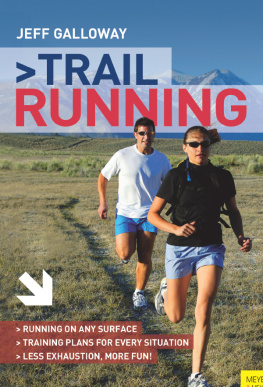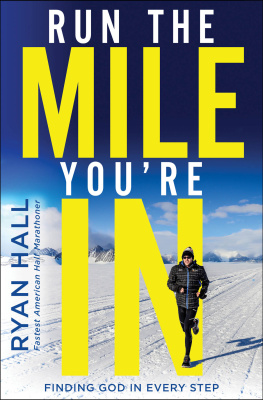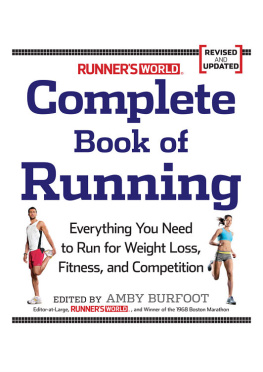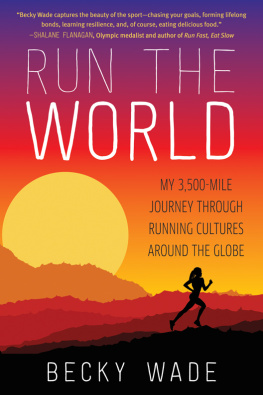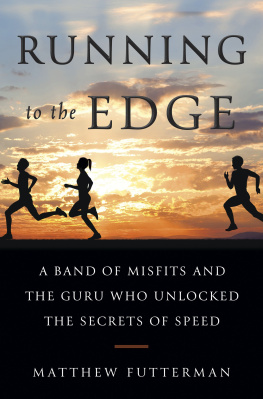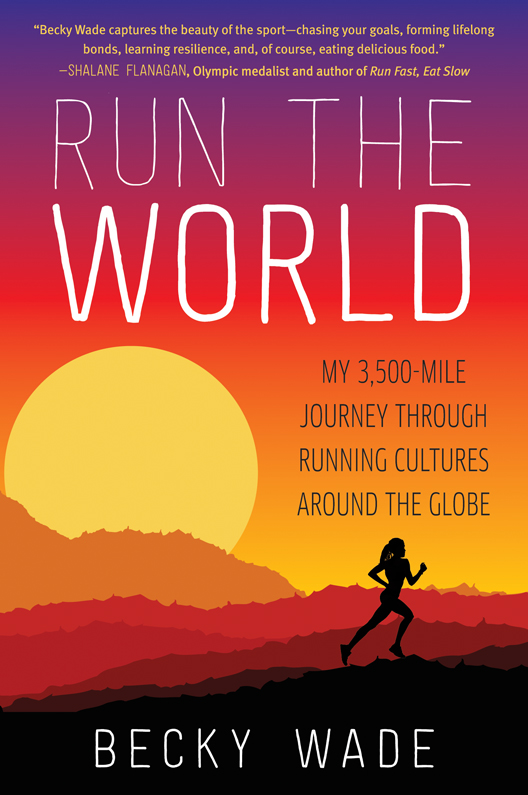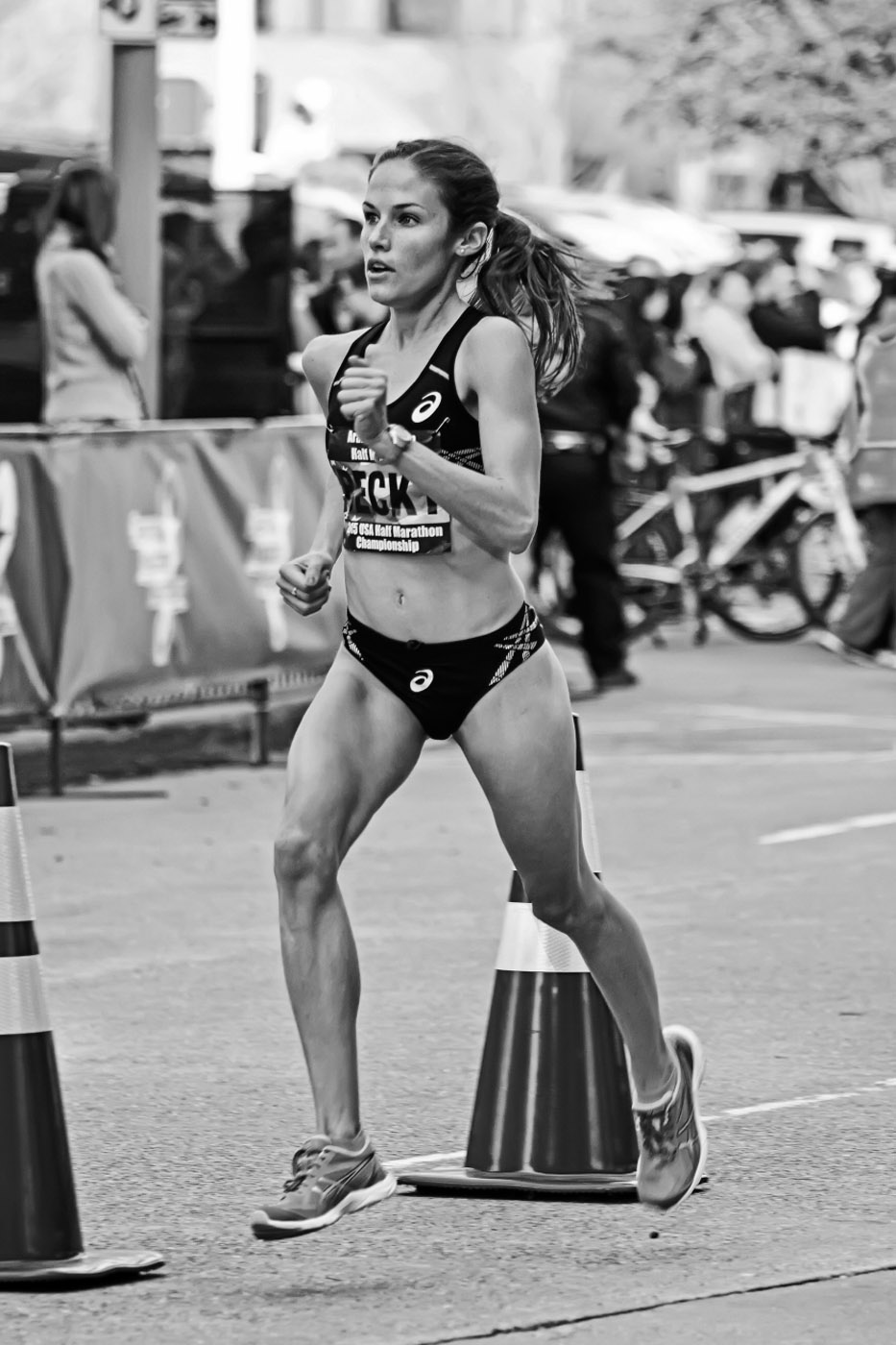Becky Wade - Run the World: My 3,500-Mile Journey Through Running Cultures Around the Globe
Here you can read online Becky Wade - Run the World: My 3,500-Mile Journey Through Running Cultures Around the Globe full text of the book (entire story) in english for free. Download pdf and epub, get meaning, cover and reviews about this ebook. year: 2016, publisher: William Morrow Paperbacks, genre: Home and family. Description of the work, (preface) as well as reviews are available. Best literature library LitArk.com created for fans of good reading and offers a wide selection of genres:
Romance novel
Science fiction
Adventure
Detective
Science
History
Home and family
Prose
Art
Politics
Computer
Non-fiction
Religion
Business
Children
Humor
Choose a favorite category and find really read worthwhile books. Enjoy immersion in the world of imagination, feel the emotions of the characters or learn something new for yourself, make an fascinating discovery.
- Book:Run the World: My 3,500-Mile Journey Through Running Cultures Around the Globe
- Author:
- Publisher:William Morrow Paperbacks
- Genre:
- Year:2016
- Rating:3 / 5
- Favourites:Add to favourites
- Your mark:
Run the World: My 3,500-Mile Journey Through Running Cultures Around the Globe: summary, description and annotation
We offer to read an annotation, description, summary or preface (depends on what the author of the book "Run the World: My 3,500-Mile Journey Through Running Cultures Around the Globe" wrote himself). If you haven't found the necessary information about the book — write in the comments, we will try to find it.
From elite marathoner and Olympic hopeful Becky Wade comes the story of her year-long exploration of diverse global running communities from England to Ethiopia9 countries, 72 host families, and over 3,500 miles of runninginvestigating unique cultural approaches to the sport and revealing the secrets to the success of runners all over the world.
Fresh off a successful collegiate running careerwith multiple NCAA All-American honors and two Olympic Trials qualifying marks to her nameBecky Wade was no stranger to international competition. But after years spent safely sticking to the training methods she knew, Becky was curious about how her counterparts in other countries approached the sport to which shed dedicated over half of her life. So in 2012, as a recipient of the Watson Fellowship, she packed four pairs of running shoes, cleared her schedule for the year, and took off on a journey to infiltrate diverse running communities around the world. What she encountered far exceeded her expectations and changed her outlook into the sport she loved.
Over the next twelve monthsvisiting 9 countries with unique and storied running histories, logging over 3,500 miles running over trails, tracks, sidewalks, and dirt roadsBecky explored the varied approaches of runners across the globe. Whether riding shotgun around the streets of London with Olympic champion sprinter Usain Bolt, climbing for an hour at daybreak to the top of Ethiopias Mount Entoto just to start her daily run, or getting lost jogging through the bustling streets of Tokyo, Beckys unexpected adventures, keen insights, and landscape descriptions take the reader into the heartbeat of distance running around the world.
Upon her return to the United States, she incorporated elements of the training styles shed sampled into her own program, and her competitive career skyrocketed. When she made her marathon debut in 2013, winning the race in a blazing 2:30, she became the third-fastest woman marathoner under the age of 25 in U.S. history, qualifying for the 2016 Olympic Trials and landing a professional sponsorship from Asics.
From the feel-based approach to running that she learned from the Kenyans, to the grueling uphill workouts she adopted from the Swiss, to the injury-recovery methods she learned from the Japanese, Becky shares the secrets to success from runners and coaches around the world. The story of one athletes fascinating journey, Run the World is also a call to change the way we approach the worlds most natural and inclusive sport.
Becky Wade: author's other books
Who wrote Run the World: My 3,500-Mile Journey Through Running Cultures Around the Globe? Find out the surname, the name of the author of the book and a list of all author's works by series.



